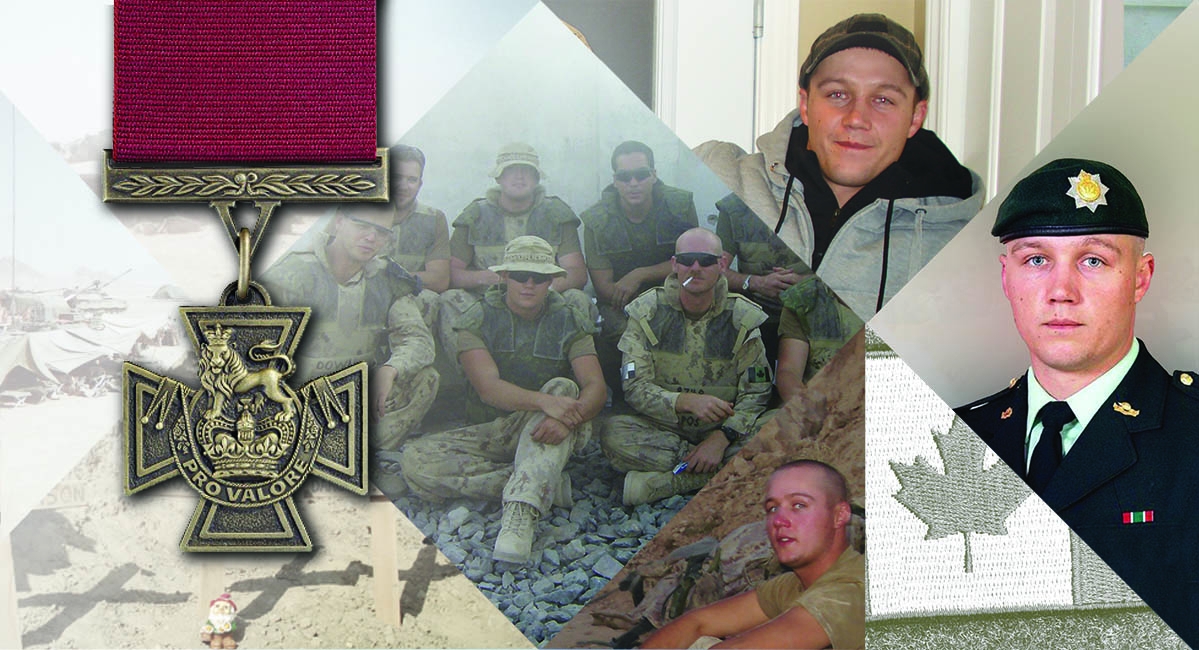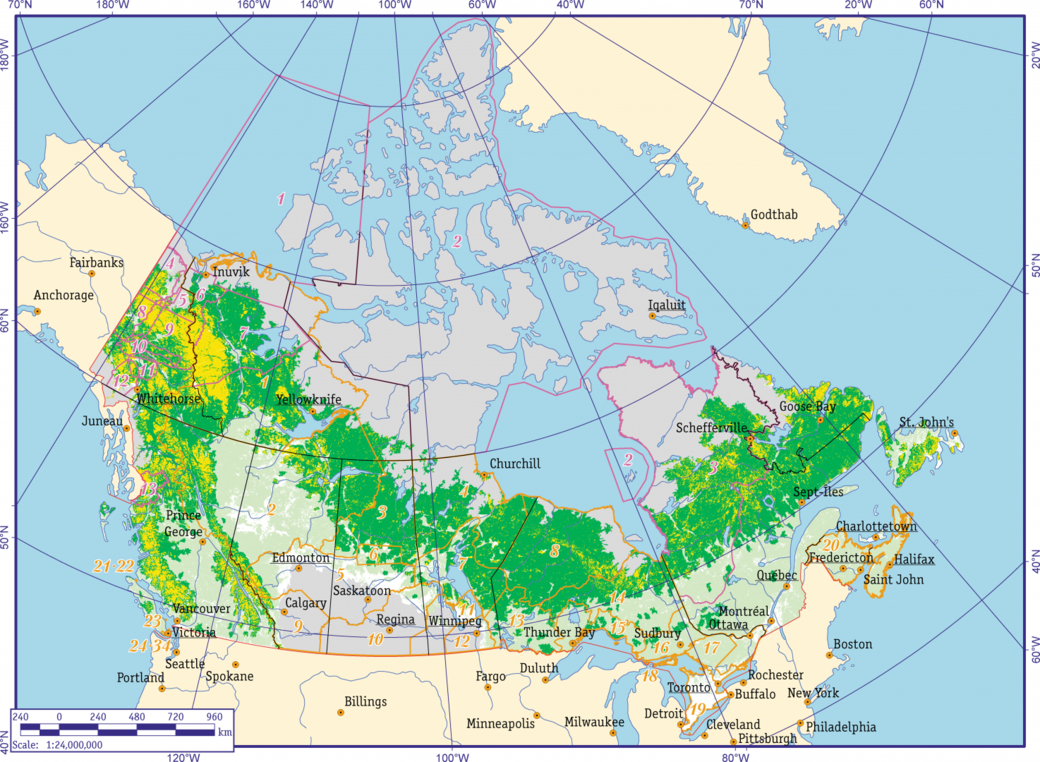
Our City, Our Children: The Children’s Aid Society of Ottawa (CAS) Answers the Call from Families in Need
Our children are our future. They need our protection, and as citizens it is our responsibility to provide it. Yet so many children fall through the cracks unnecessarily. In many cases, they don’t get the help they need because people aren’t aware of the opportunities and services available for help. Throughout this series, we’ll shed light on the options you have to seek assistance, report a suspected case of abuse or neglect, or contribute your time as a volunteer, foster parent or adoptive parent.
In Ottawa, the primary resource for child welfare is the Children’s Aid Society of Ottawa (CAS). The Society’s mission is to protect the children of our community from all forms of abuse and neglect. One of 53 child welfare agencies in Ontario, the CAS is a beacon for Ottawa parents in need of help, and for children who can’t find the support and care they need at home.
As an Ottawa resident, you’ve probably heard of the CAS. But according to a 2008 survey conducted by Ipsos Reid, most people in the community don’t know exactly what it is the agency does. In fact, the survey revealed that 60% of Ottawa residents base their opinion of the agency solely on media reports. That finding is cause for concern to France Clost, Communications Officer at the CAS, who explains that many media reports have led to misconceptions about the agency.
“Only the contentious cases make it to the media, and we can’t respond because of confidentiality restraints,” says Clost. “There are so many good news stories, so many. They far outweigh the bad news stories.”
What, then, does the CAS do? “We’re here to help families,” says Clost. The agency provides service 24 hours a day, seven days a week, responding to situations where children up to 16 years of age may be at risk. Like the other 52 Ontario child welfare agencies, the CAS is legislated by the Provincial Child and Family Services Act. When someone calls with a concern, trained intake workers follow a Differential Response (DR) model that uses clear standards and guidelines to determine the kind of support and service needed to protect the child. That support includes referring the caller to another community service, arranging counseling for parents in need of assistance, and — in very rare cases — apprehending a child by court order as a Crown ward. Under the Child and Family Services Act, if a child is made a ward of the Crown, the Crown assumes the rights and responsibilities of a parent for the purpose of the child’s care and custody.
According to Clost, one of the biggest myths about the CAS is that it serves largely to take children into custody. That couldn’t be further from the truth. “We get 25,000 calls a year,” says Clost. “Of those, 6,500 end up as investigations… and of those, only one percent result in children having to come into our care (as a Crown ward). With the majority of the families we work with, the children remain at home.”
Keeping children with their families is a big priority for the CAS. The agency firmly believes that that is the ideal outcome of any investigation, provided the parents can provide a safe and healthy environment. Apprehending a child is seen as a last resort, and is only carried out if the child faces an immediate risk by remaining at home. As Clost explains, the CAS staff is made up of child protection workers who have degrees in social work. They consult closely with supervisors before making any decisions about a case. In the event that they decide a child isn’t safe at home, the CAS is required to support its case to the Ontario Court of Justice and await a final decision from the judge.
Many of the calls that come into the CAS are from parents facing poverty or parenting issues. In these cases, the agency often directs callers to other community organizations, such as the Youth Services Bureau of Ottawa, Crossroads Children’s Centre, or Healthy Babies Healthy Children, as well as family service centres, centres, food banks and services organizations.” A lot of the time, the parents just aren’t aware of these outside services,” says Clost.
When calls come in that require the CAS’s involvement, the agency works with the families to ensure that they can provide adequate care for their children. The CAS connects parents with community services, talks to them about their history, supervises some of their interactions with their children, and guides them towards positive parenting.
Clost emphasizes that most of the parents who call in aren’t calling because they’re bad people. They’re calling because they’re struggling and are looking for a way to make their families’ lives better. The majority of children who come into the agency’s care have parents with mental health problems or addictions that leave them incapable of meeting their children’s needs. “(Those mental health and addiction issues) lead to things like neglect and abuse,” says Clost. “Most people don’t want to hurt their children. They need help and that’s what we’re there for.”
In the rare cases where the CAS decides to take a child into custody as a Crown ward, the agency arranges temporary foster care within the community. All foster parents go through extensive screening and training before they’re approved to care for children. The CAS makes sure that prospective foster parents will be a good fit not only for the child, but also for the agency. As Clost explains, the agency’s priority is to work towards sending the child back home whenever possible. Once a child is in the agency’s care, every effort is made to help the child remain connected to the child’s biological family. “So we really need to find foster families who understand what it’s like to work with a child welfare service, and who are willing to work with the biological families,” says Clost.
Foster families are incredibly important to the process. They provide a temporary refuge for abused or neglected children, and do their best to help these children return home. But Clost makes it clear that foster care isn’t seen as a permanent solution.
“The important thing for us is really making sure that (the children) don’t linger in foster care,” she says.
When going home isn’t an option for Crown wards, the CAS tries to find permanent adoptive homes for the children. Each year, the agency places approximately 70 children into adoptive families. Most of these children are school-aged or in a sibling group that can’t be separated. Many have emotional disabilities; others have physical, mental or developmental disabilities. All need the love of a permanent family, and the CAS is committed to helping them find that. “We’re more than just a safe place to stay,” says Clost. “(We try to facilitate) the lifelong bonds and relationships that these kids need to build.”
Childhood abuse and neglect affect our entire community. The CAS is vital to ensuring that our children remain safe and protected. Without the agency, Ottawa’s children and parents wouldn’t have anywhere to turn when family life becomes too difficult. Throughout the Our City, Our Children series, we’ll give voice to people who have been through the child welfare system — parents who have experienced parenting struggles, children who have suffered abuse and neglect, and the professionals who have helped them through it.
For too long, the issue of child welfare in Ontario has been surrounded by confusion and mystery. With Our City, Our Children, we aim to heighten the transparency and demystify the system. “It’s so unfortunate that the misinformation in the community may lead to people not calling. That’s tragic for those kids,” says Clost. “I completely understand how difficult it is for someone to pick up the phone. But I think people might feel more comfortable if they knew what we did when we picked up that phone —we find out what’s going on and help the family and make sure the child is safe and cared for. That doesn’t mean going in and taking kids away… We work with families to ensure that they can provide for their children.”
By: Amanda Sage













